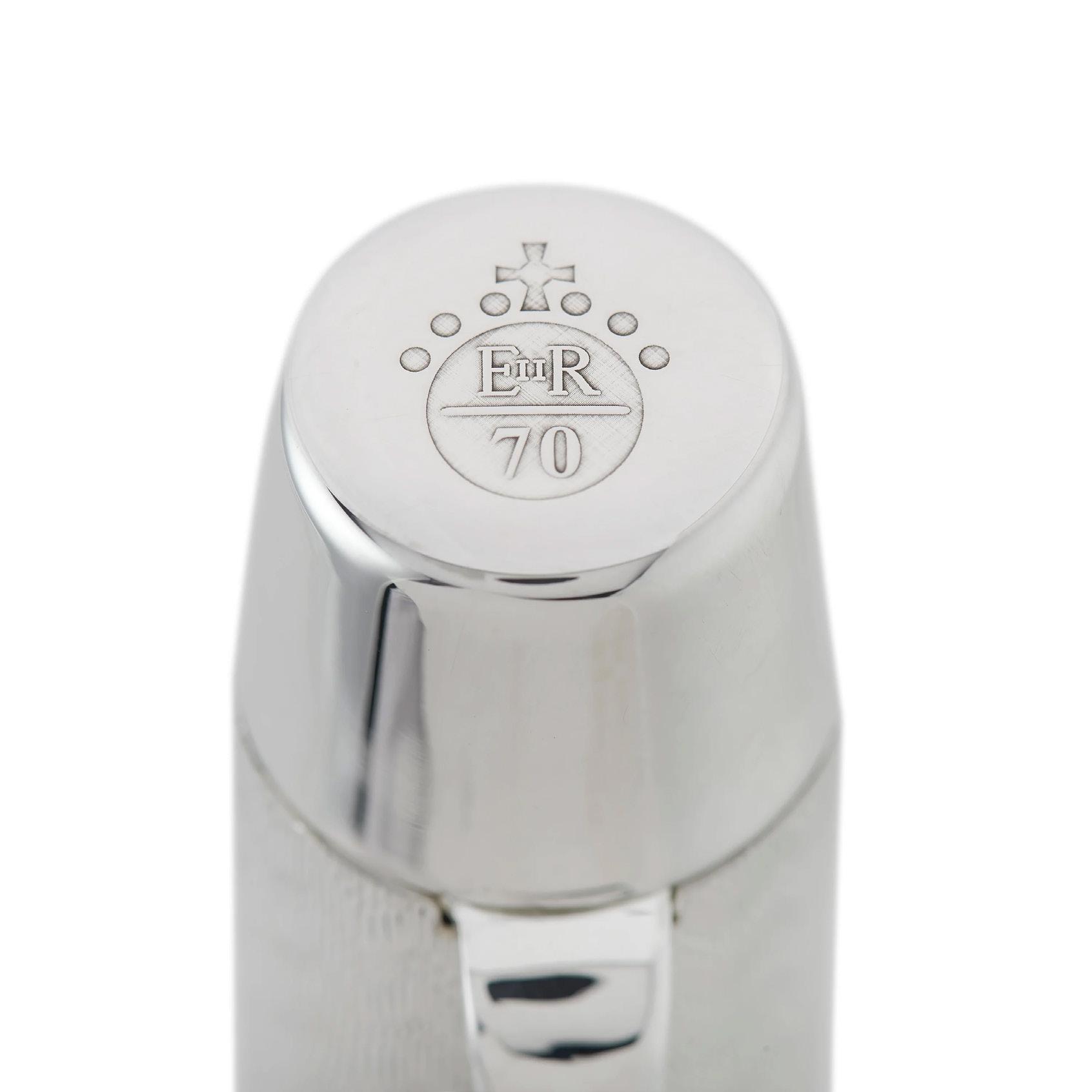
2 minute read
Churchill’s Legacy at Conway Stewart
In the 1990s Conway Stewart recognised Churchill’s dedication to their fountain pens by naming two new designs, The Winston and The Churchill, after him and these remain two of the most popular pens today.
Fast forward to 2018 and the ‘special relationship’ developed even further with the launch of the new Churchill Heritage range. Produced in association with Churchill Heritage, an organisation through which the Churchill family distributes money to charities and good causes which keep alive Sir Winston’s legacy and the spirit of the words of wisdom he penned.
Advertisement
The Churchill Heritage range consists of six magnificent pens limited to 100 editions, each one bearing one of Churchill’s famous quotes engraved on the barrel together with a facsimile of the Great Man’s signature and ‘Made in Great Britain’.
There were 6 editions in the collection the first 2 have now sold out:
Engraved on the top of the cap of all the Heritage pens is the iconic sketch of “Pug” that Sir Winston Churchill penned on a letter to his wife Clementine dated 1st August 1909. Clementine called Winston “my sweet pug” and in turn he often drew little animated pictures of “pug” at the bottom of his letters to her.
Throughout its history, Conway Stewart pens have found their way into the hands of presidents, prime ministers and royalty –so you know you’re in good company when you use one, and you can be sure that every aspect of the Churchill Heritage pen conforms to those elements of heritage, tradition and quality which have underpinned the brand for more than 100 years.
What do the hallmarks mean on your Conway Stewart fountain pen?
A question that we are frequently asked about our pens is what the little marks - known as hallmarks - on any silver or gold parts mean. So we thought it would be helpful to explain the history and development of this important element of British law.
British hallmarks have developed over the course of the last 800 years so that today’s hallmarks provide a comprehensive identifier and consumer guarantee of purity on every item on which they are stamped. For example, here’s what you might find on the cap band or other precious metal part of your Conway Stewart fountain pen today:

More than 800 years ago, in what was probably the earliest form of consumer protection, King John, who reigned in England between 1199 and 1216, decided that precious metals – mostly silver and gold coins at that time – should have a guaranteed and fixed precious metal content. For silver the standard was set at 92.5% with the balance of 7.5% made from copper. Today, this percentage is still confirmed by a Fineness Mark stamped on each piece of sterling silver by the Assay Office which confirms that there are 925 parts per thousand of pure silver.
In 1238, King Henry III proposed that the Guild of Goldsmiths should appoint six of their most worthy goldsmiths to monitor the craft of silver and gold manufacture to try to ensure that the metal content of silver and gold items was being adhered to across the UK.
Hallmarking was first established in the 12th century and has been used ever since to confirm the quality and purity of precious metals such as gold, silver and platinum. A system of marking such items was necessary because the pure metals are too soft to be used to make jewellery or silverware so they need to be mixed (alloyed) with copper or other metals to give them the strength needed to maintain their shape and durability. This mixing of alloys with precious metal gave unscrupulous manufacturers the opportunity to ‘cheat’ the purchaser by adding more alloy to the mix!






